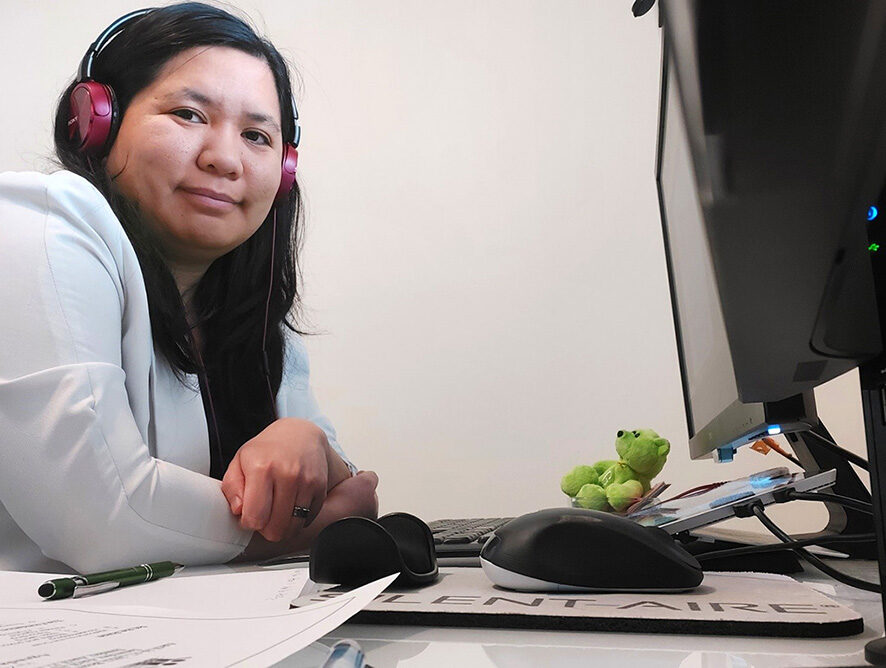A few months ago, I received an invitation to support an important charitable cause by buying Edmonton Oilers tickets. It’s a fundraiser where part of the money will be donated to the organization. But they’re so expensive! Not being a fan of sports is besides the point. I remember feeling disappointed in myself that I don’t have the disposable income to enjoy a fun activity and support a community cause.
Everyday I see posts for calls for donations, whether it is a GoFundMe page to help with someone’s medical bills, building a playground, a children’s program, settling new migrants, and more. At least for me, money doesn’t grow on trees, there are limitations to what I can do. When my wallet tells me I can’t swipe my debit card anymore to help financially, I try to give myself comfort and empowerment by reminding myself, there are other ways to help.
Time Is Money, Right?
To make the math simple, my hourly wage is approximately $30/hour. So, whenever I engage in tasks to support community initiatives that I care about with my efforts and presence, I remind myself that there is a financial value to what I am doing. And that is on top of the impact of the tasks that I am completing.
Whether it is sewing bags so fabric can be re-used so people use plastic bags less often, attending meetings that are at least 3 hours long to make decisions to help a nonprofit organization, or even sharing my knowledge by attending engagement sessions by the city, for all that it seems to be “free”, time is time where I am not earning a wage instead.
In-Kind Donations
Many nonprofit or charitable organizations need items and supplies to keep helping people. When there is a request, I try to help in this way also. One thing I keep in mind though, is to remind myself that recipients of these donations deserve at least a decent quality of items. This is important for me particularly when there is a food bank or clothing drive. Donating ripped or very badly soiled clothes is not okay. Donating expired food to the food bank is horrible. My simple principle is “donate something that I personally would be OK using”.
For fundraiser events, when I cannot attend the actual fancy dinner gala or bid for an item, I’ve helped instead by providing items to donate. For the past eight years now, I have donated paintings to silent auctions. Since most of my supplies are recycled or upcycled materials, I don’t stress about how much they would get as a bid. It even gives me motivation to make something new. Just around the end of this month, I made five original pieces of art for a school’s fundraiser. If they get at least $50 each, I’ll be happy, but of course higher is better.
Ripple Effect of Public Awareness
This is when social media and word of mouth come to shine! The exponential amplification of the simple click of a button should not be under-estimated. I have 2000 followers on Twitter and 400 Facebook friends. While that’s chump change for some, if 5% of those see a post calling for donations, and some of them share or donate, the call for help can reach so many more people.
Helping those who may be less fortunate than we are doesn’t require for us to be from a particular economic class. As long as you have the desire to help, you are able to set healthy boundaries for yourself, and are creative, it is possible to spread love and support in our community.



